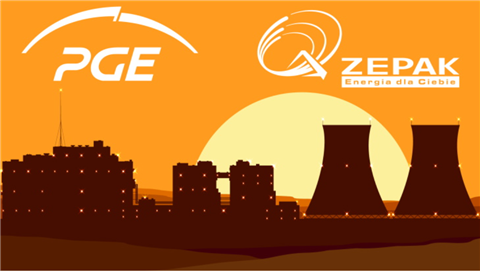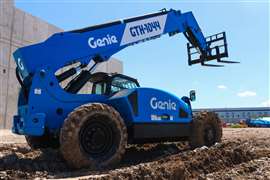Joint venture established to drive construction of Polish nuclear plant
18 April 2023
Poland is pushing ahead with plans for a second nuclear power plant, to be located in the central southern town of Patnow.
 Image: ZE PAK
Image: ZE PAK
The proposed 2.8GW capacity plant would comprise at least two (potentially up to four) APR-1400 pressurised water reactors, supplied by Korea Hydro and Nuclear Power (KHNP).
The Polish government has confirmed that the state-controlled energy group PGE, along with a private Polish energy company, ZE PAK, have established a special purpose vehicle (SPV), PGE PAK Energia Jądrowa SA, to deliver the project.
The SPV initially tasked with undertaking feasibility, siting and environmental studies, as well as securing financing for the plant’s construction. It will then obtain necessary permits before proceeding with construction.
The site on which the plant will likely be located currently has two coal-fired power plants in commercial operation. The total capacity of the plants is 1.1GW, making it one of the largest energy facilities in Poland.
Energy security a priority
PGE president Wojciech Dąbrowski said, “The company representing PGE and ZE PAK from today will automatically take over all tasks related to the preparation for this investment and ongoing cooperation with our Korean partners from KHNP.
“Nuclear energy has a chance to become the most important, next to renewable energy sources, source of safe and cheap, zero-emission energy for Poland, guaranteeing our energy security, strengthening the competitiveness of the economy and care for the environment.”
ZE PAK president Piotr Woźny said, “I am convinced that with such a pace of work and the support of state and local government authorities, institutions, offices and bodies responsible for issuing appropriate consents, permits and decisions, the launch of the first unit is possible already in the middle of the next decade.”
The Patnow plant forms the second part of the Polish government’s six-reactor plan for the country, which would see the development of up to 9GWe of capacity by 2040.
STAY CONNECTED


Receive the information you need when you need it through our world-leading magazines, newsletters and daily briefings.
CONNECT WITH THE TEAM










